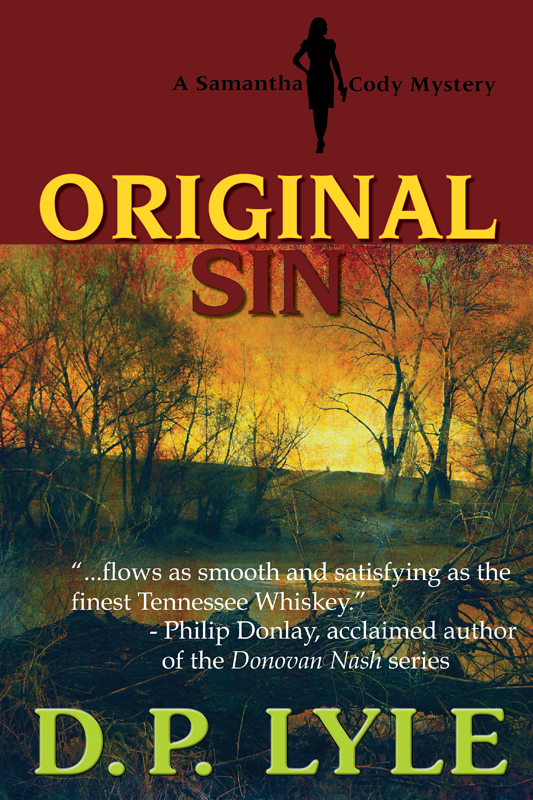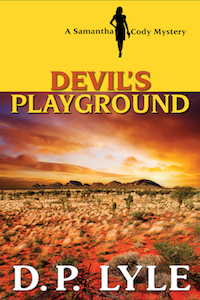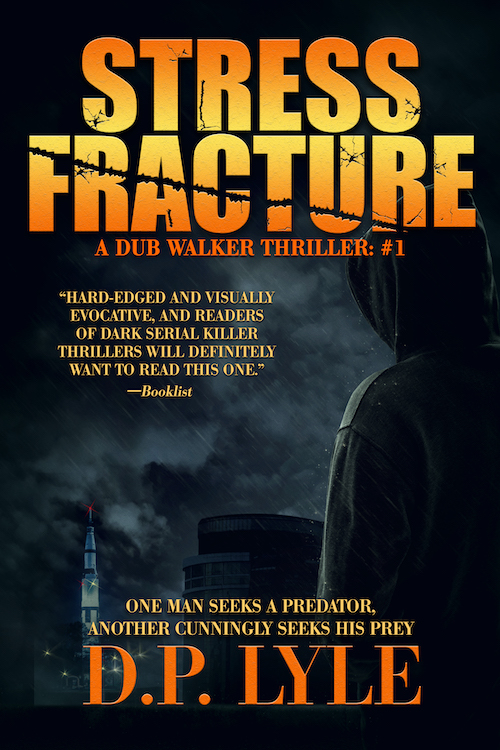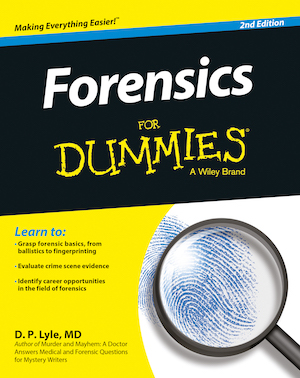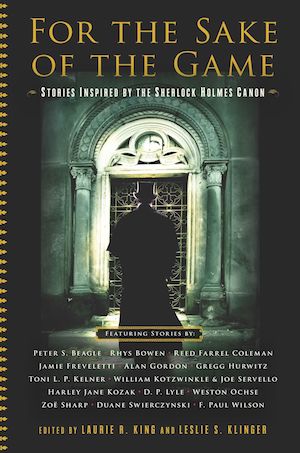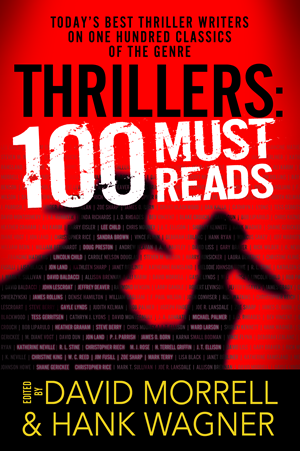EVERYTHING OLD IS NEW AGAIN
My character, Cleveland forensic specialist Maggie Gardner, is unrealistic in one respect—she still spends a lot of time at her microscope looking at tiny bits of trace evidence, hairs, fibers, paint, and glass.
No one does that any more. Well, maybe Abby on NCIS, but she’s the most unrealistic forensic person on screen, even though she’s so cute we don’t care.
Sure, on old episodes of Dragnet you can see some nerdy guy in a lab coat explain how these pollen spores are only found in one quadrant of the city, but that art had already died before I started in forensics in 1994. We got spoiled by DNA, by ‘absolutely yes’ or ‘absolutely no’ answers. No one wanted to hear that this red nylon was ‘consistent with’ the suspect’s shirt, because they wouldn’t be hearing how many red nylon shirts were manufactured, how many were sold in this area, and while we’re at it let’s hack into Macy’s sales figures and find out who they were sold to. Unlike television, forensic labs do not have databases of all this information and would probably be violating a few important laws if they did. Nope, ‘consistent with’ was all you got. Take it or leave it.

POLYURETHANE FIBERS
They left it. Microscopic analysis became more or less a thing of the past. Forensic techs today wouldn’t recognize a pollen spore or know what to do with it if they did. Fibers are ignored. Hairs are examined only to screen out candidates for, well, DNA.
Imagine my surprise, then, when I peruse the latest Journal of Forensic Sciences and stumble on an article about using something called palynological scanning to rapidly evaluate suspect and victim testimony.

POLLEN
Palynology, it turns out, is a fancy name for…pollen. Pollen and spores and other ‘microscopic entities’ of trees, shrubs and herbs. No hairs, fibers or paint, but you get the idea. This analysis proved useful in some cases of rape or assault, in situations where the victim and suspect both contacted the ground and pieces of the ambient flora could attach to their clothing.

In one case the suspect said he and his victim engaged on a lawn behind a public building. The victim said he attacked in a heavily wooded area, the spot surrounded by beech, birch and sycamore trees. Each site had a distinct mix of items—palynomorphs– with complicated Latin names. The suspect didn’t deny that he had made contact with the victim so willingly gave up the clothing he’d been wearing at the time, and sure enough, all those little palynomorphs indicated that he had been in the woods and not on the lawn. This did not prove that he had committed the crime. It only proved that he had lied about the sequence of events, and that was sufficient to prompt a confession. Otherwise this case would have languished in an eternal hell of ‘he said vs. she said.’
Of course had this guy listened to legal counsel before he made a statement, he probably would have figured out to come up with an alternative, and innocent, reason to have been rolling on the ground near the crime scene, and all these spores would have been for naught. As it is, surely the defense will bring out statistics regarding the vast number of beech and sycamore trees in the area, perhaps in the suspect’s own neighborhood, and the idea that maybe he had been doing some gardening earlier in the week in that same pair of pants. This is why things like pollen analysis fell out of favor with the courts…but the spores are still out there, voluminous, distinct and quite concrete little buggers that will stick in all sorts of places one might wish they wouldn’t. So are hairs, fibers, and paint. Maybe ‘consistent with’ is all you can get out of them. But maybe, sometimes, that’s enough.
So in my books Maggie still looks at all this stuff because it’s more visible and visceral than yet one more DNA sample. Let’s face it—you’ve seen one cotton swab, you’ve seen them all. Bright clothing fibers are much more entertaining.
And this trace evidence will lead her down a number of roads—some of which, it turns out, she’d be better off avoiding.
Wiltshire et al. “A Rapid and Efficient Method for Evaluation of Suspect Testimony: Palynological Screening.” Journal of Forensic Sciences, Vol. 60, #6, Nov 2015, pp 1441-1450.

Lisa Black has spent over 20 years in forensic science, first at the coroner’s office in Cleveland Ohio and now as a certified latent print examiner and CSI at a Florida police dept. Her books have been translated into 6 languages, one reached the NYT Bestseller’s List and one has been optioned for film and a possible TV series.
Lisa’s Website: http://www.lisa-black.com

Hello! Just a quick note to let you know that my new book, That Darkness, is now available wherever books are sold!
It seemed like a typical week for crime scene specialist Maggie Gardiner–a gang boss shot in an alley, a lost girl draped over an ancient grave, a human trafficker dumped in the river–nothing all that out of the ordinary for the Cleveland police department as spring turns toward summer along the Erie banks. The methods are usual, the victims unsurprising–but when she notices a pattern, a tenuous similarity among the cases, she begins to realize that her days will never be typical again. How much of her life, her career, her friends, will she be willing to risk to do what’s right?
Jack Renner is a killer who does not kill for any of the conventional reasons…no mania, no personal demons. He simply wants to make the world a safer place. He doesn’t think of himself as a dangerous person–but he can’t let anyone stop him. Not even someone as well-meaning as Maggie Gardiner.
Maggie has the self-sufficiency of a born bit-of-a-loner. She works with a bevy of clever experts surrounded by armed police officers. She is both street smart and book smart, having seen the worst the city has to offer.
But Maggie Gardiner is not safe. And, until she can draw Jack Renner into the light, neither is anyone else.
Jeff Lindsay, author of the Dexter series, says: “Lisa Black always delivers authentic characters in riveting stories. That Darkness takes things to a spellbinding new level with a taut and haunting story that will stay with you long after you finish reading it.”
Publisher’s Weekly says: “The intriguing forensic details help drive the plot to its satisfying conclusion.”
“Black is one of the best writers of the world of forensics, and her latest introduces Maggie Gardiner, who works for the Cleveland Police Department. Her relentless pursuit of answers in a dark world of violence is both inspiring and riveting. Readers who enjoy insight into a world from an expert in the field should look no further than Black. Although Cornwell is better known, Black deserves more attention for her skillful writing – and hopefully this will be her breakout book.”– RT Book Reviews, 4 Stars (Top Pick)






















